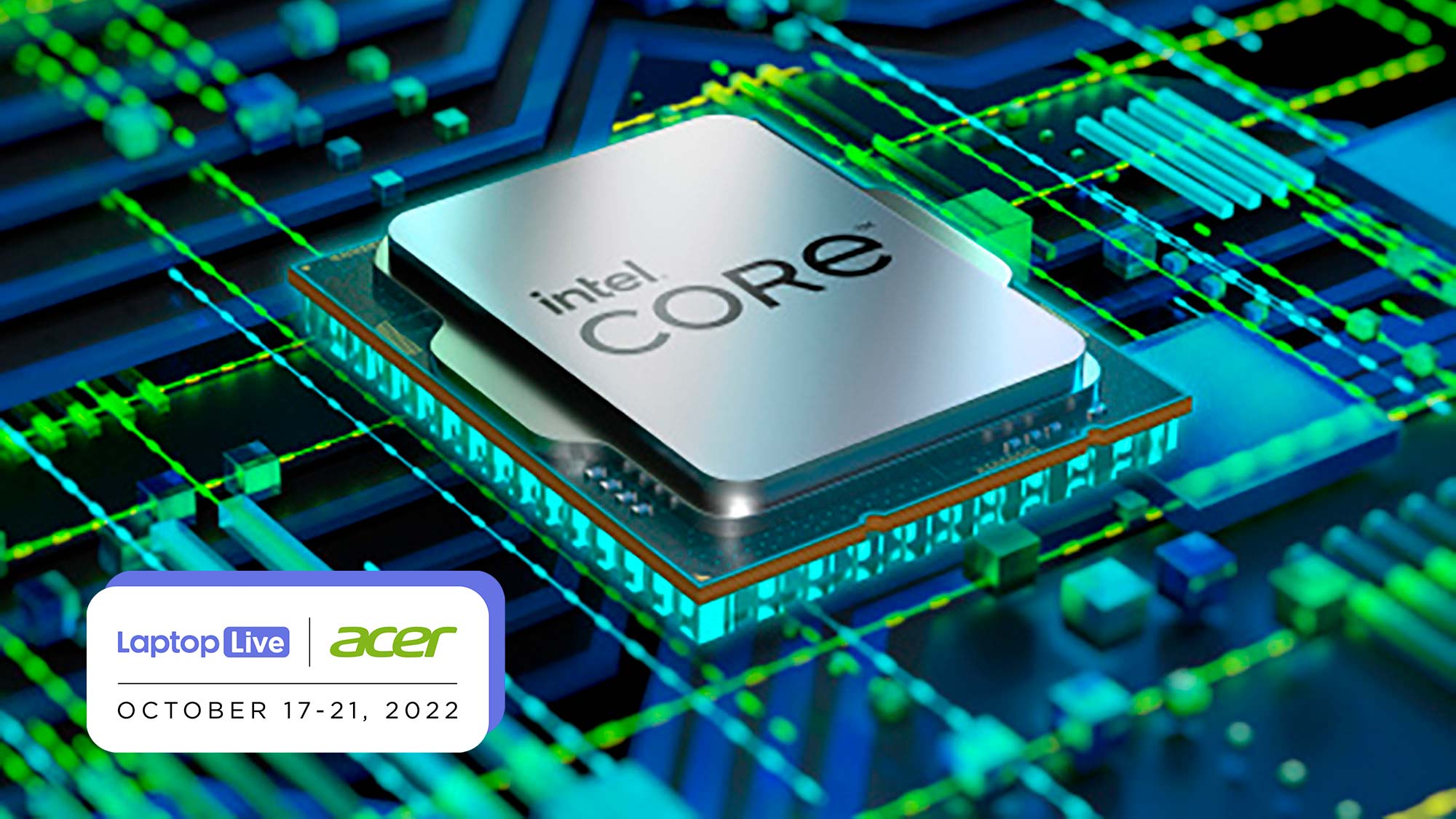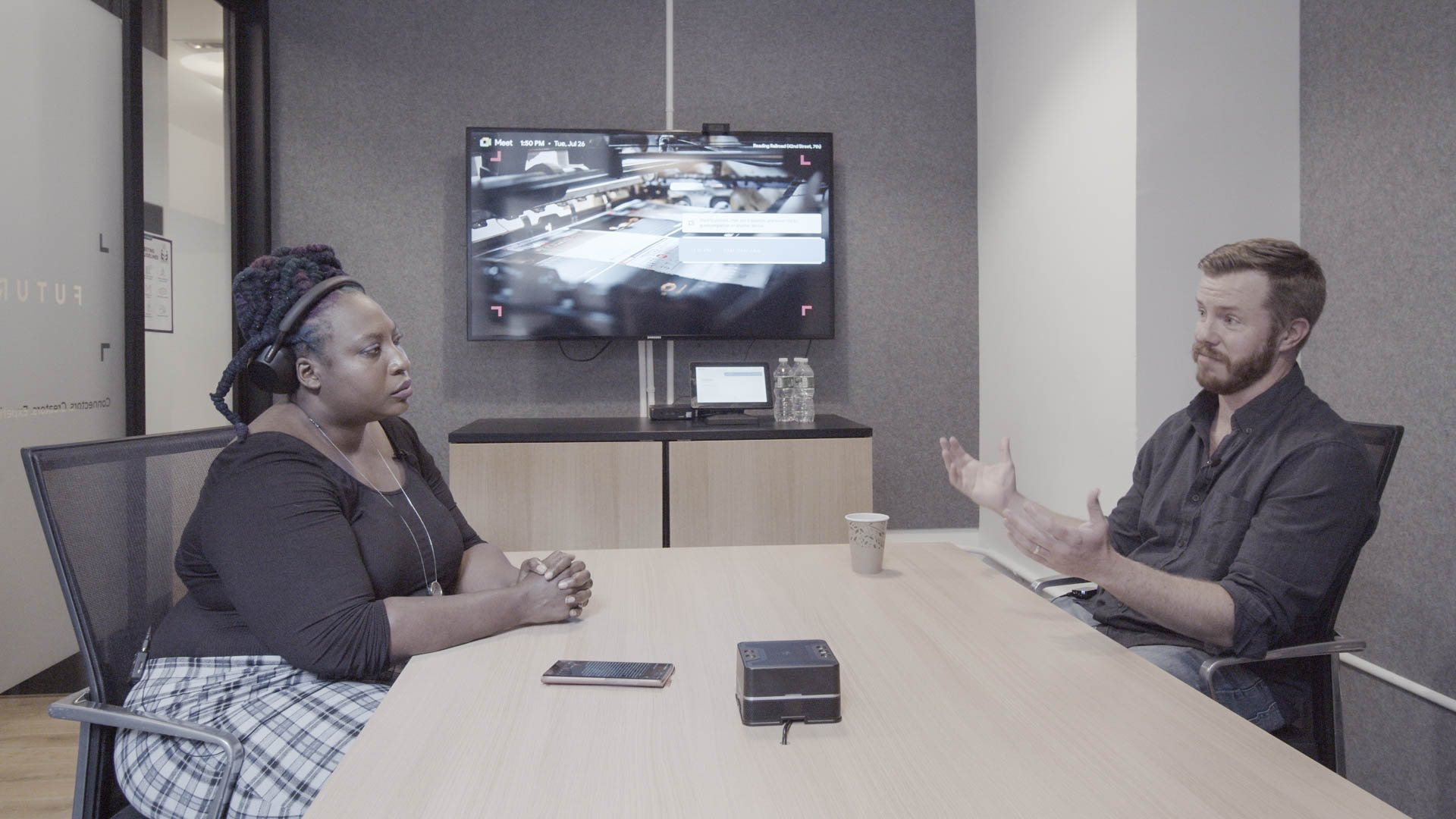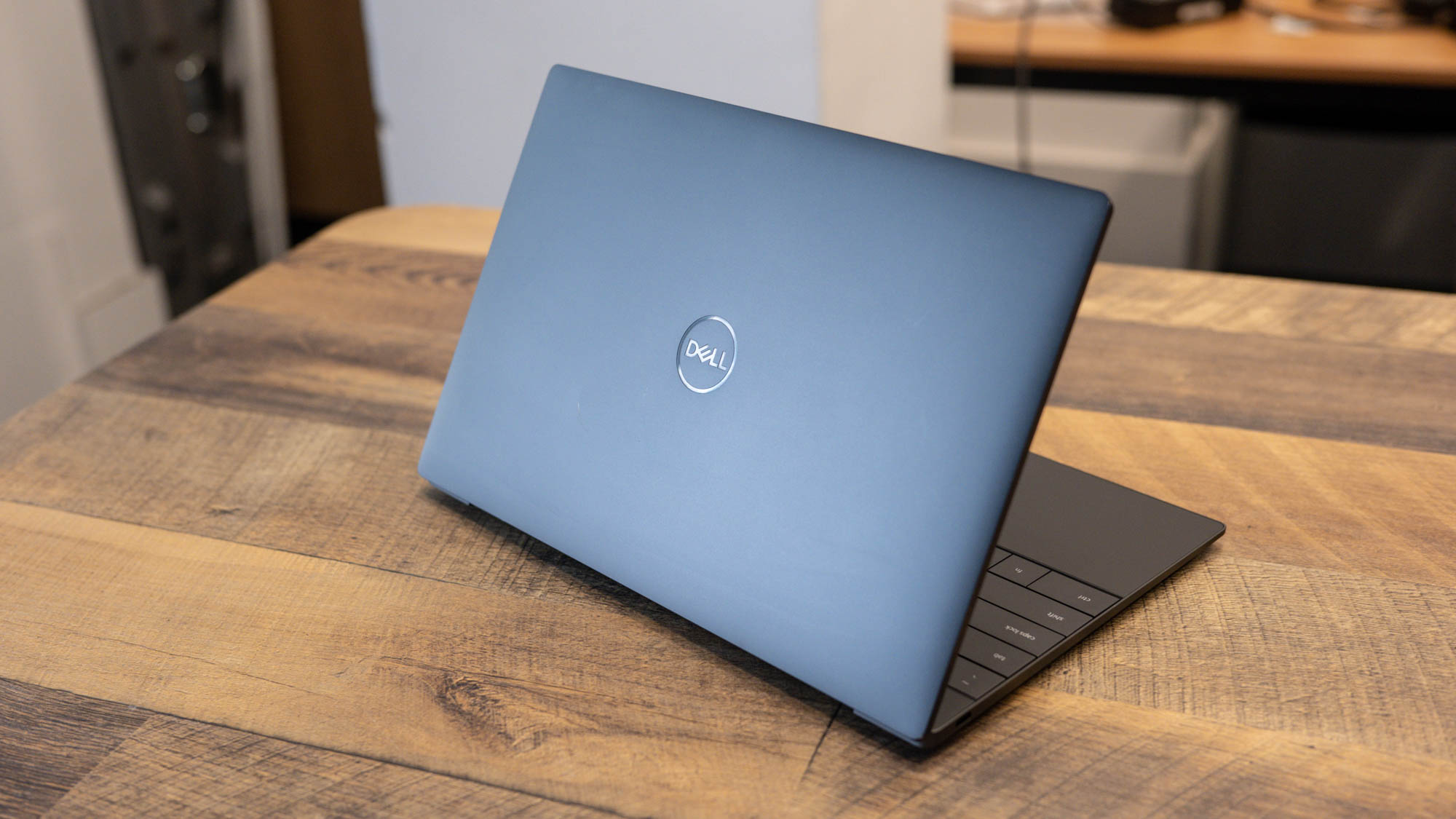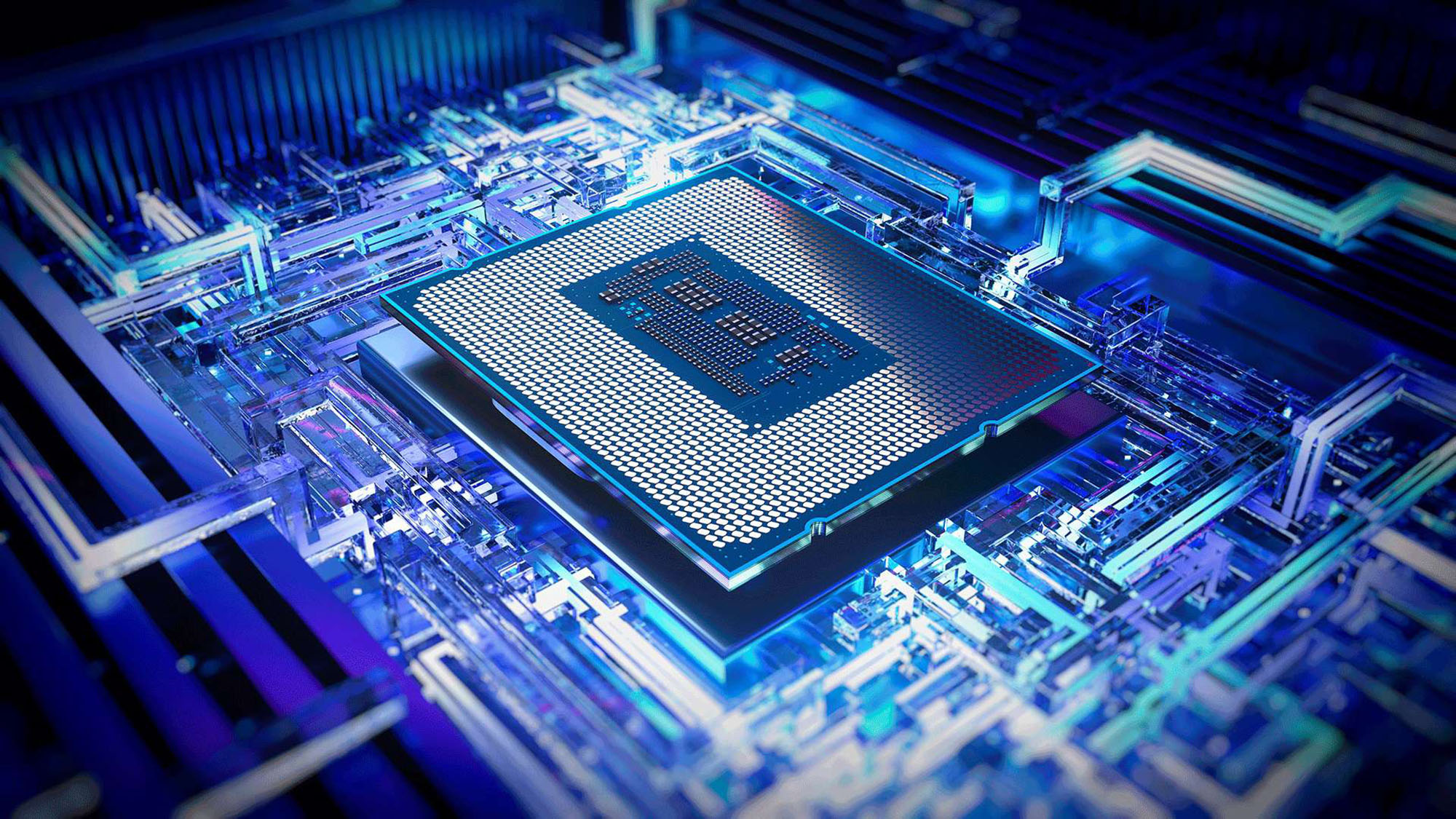State of Intel 2022
The future of Intel looks bright

All hail the king. And yes, when it comes to processors and to a lesser extent, graphics cards, Intel is the king. The company’s name has been synonymous with chips both mobile and desktop for decades, setting the stage for wave upon wave of innovation. However, there’s been some trouble in paradise as of late, with the company having to admit that it was years behind in achieving its next manufacturing milestone, the 7-nanometer chip in 2020.
Since then, Intel has undergone a few changes, including a new CEO and a new gameplan with a goal to reclaim its place as the undisputed leader of chips by 2025. In order to achieve this lofty goal, Intel must employ strong, bold tactics. I had the opportunity to sit down with Daniel Rogers, Senior Director of Intel to discuss the current state of the company and the future.

We are currently enjoying Intel’s 12th Gen chips codenamed Alder Lake. You’ve got your usual cast of characters including your H and U series, but there’s also the new P-Series which takes a page out of ARM’s book and creates a chip that combines performance and efficiency. And so far, we’re impressed. We’ve reviewed the Dell XPS 13 Plus, the first in the XPS line to support a 28W processor. And while the laptop is polarizing on design, you can’t argue with its performance.
“The piece here is really well done in the Dell XPS plus new this year,” states Rogers. “And that blends the two together so it delivers an enthusiast level of performance, especially for content creators on the go, but still delivers that in a thin and light form factor.”
And while there have been successes, it hasn’t been without challenges, particularly from the pandemic and supply chain woes.

“Yeah, it's been a challenge for the industry. There's been really incredible demand for the last several years, despite all the constraints in the ecosystem…So it's been a big challenge for the program. You'd actually be amazed but like, essentially we ran our entire program remotely…I think we're still able to bring a really impressive generation of notebooks to market this year. Some are still launching, and we're still bringing those to market and then we're going to move to the next generation starting later this year,” states Rogers.
But Intel isn’t just looking at CPUs, it’s also looking to impact the graphics card space as well, with the company launching the Intel Arc A750 and A770, a pair of discrete graphics desktop cards. Intel is also moving into the mobile space. However, we’ve yet to review any of the notebooks. But in the meantime both desktop Arcs are important because they’re going into direct competition with Nvidia’s mid-range line with a focus on the RTX 3060 and 3070 cards.
Stay in the know with Laptop Mag
Get our in-depth reviews, helpful tips, great deals, and the biggest news stories delivered to your inbox.
It’s a risky gambit, but not impossible for Intel to gain a solid space in the market –– it’s just going to take a bit of work. But it seems that Intel’s ready for the challenge, “...we’re super focused on discrete graphics for the first time so we've entered the discrete market, both in desktop and a notebook…[W]e have some pretty exciting roadmap for graphics.
So how does Intel crack into the market? According to Anshel Sag, Principal Anaylst, Smartphone, Wireless, PC, 5G & XR at Moor Insights & Strategy it comes down to a simple strategy. “I think that the company needs to build a relationship and trust with consumers and I think its current launch has been fairly transparent and pro-consumer.” And as far the competition goes, Sag had this to add. “It would be foolish of Nvidia or AMD to count them out with the vast resources, channels and distribution that Intel has.”

But Intel isn’t afraid of a little competition, it welcomes it, especially in this climate. It's an exciting time in the industry, in silicon generally, with a lot of what you hear our CEO talking about the huge transformations and changes happening in the silicon industry generally…[I]t's really a competitive time. It's actually it's great,” says Rogers. “And I think we're pretty proud of what we're doing with 12th Gen. We've delivered a huge amount of performance and P series is twice as fast as the previous generation within the same form factor, same power spec. So we're super excited about that architecture.”
But as powerful as Alder Lake is, we’re already looking towards the future and that means 13th Gen and beyond. Codenamed Raptor Lake, Intel’s next iteration of processor is launching with a huge offering of chips. The company plans to cover a wide range of budgets and use cases. And Intel is promising more cores, performance and endurance by way of hardware and machine learning. Rogers paints a rosy picture for Intel.
“[W]e know that this is opening up a whole opportunity in the future. So you'll see us continue to drive leadership single-threaded performance on the performance cores, building bigger, badder higher frequency cores there as well as scaling out the throughput of the machine with the efficient cores that deliver multi-threaded performance. So we think we're onto something here that this is a really, really advantageous architectural approach.”
Although we can’t be sure what the future holds for Intel, the reports of the company’s impending doom are unlikely. Will there be some jockeying for position? Absolutely, the competition is showing no signs of stopping their onslaught. No matter who ends up on top, the consumer is the ultimate winner as the upcoming battle will bring innovation, variety and chips that are both more powerful and efficient.

Sherri L. Smith has been cranking out product reviews for Laptopmag.com since 2011. In that time, she's reviewed more than her share of laptops, tablets, smartphones and everything in between. The resident gamer and audio junkie, Sherri was previously a managing editor for Black Web 2.0 and contributed to BET.Com and Popgadget.
